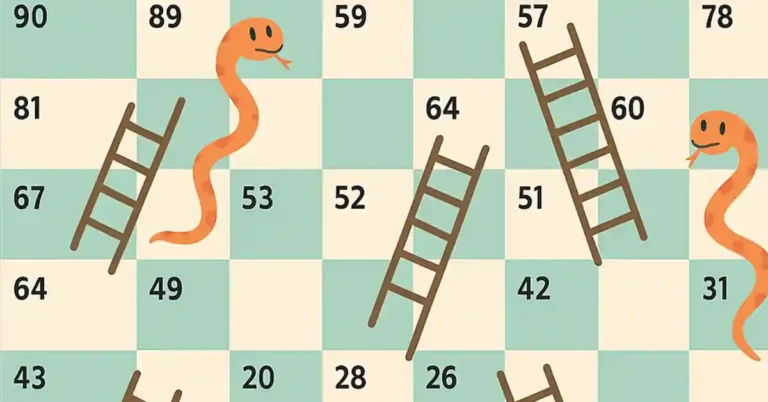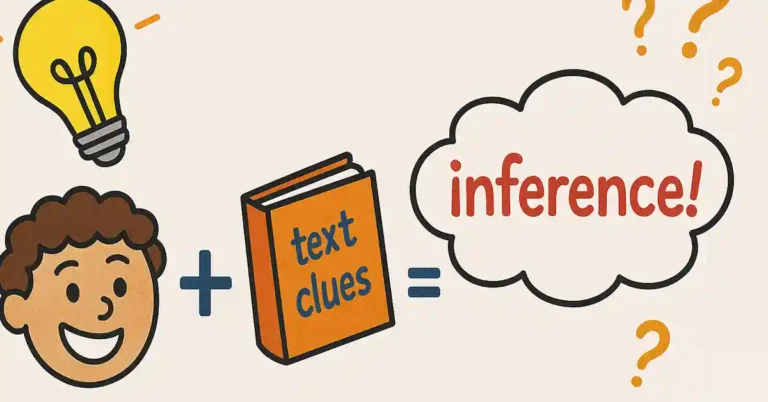Writing Powerful PEEL Paragraphs with Resources
The Importance of Good Writing
When I think about the many skills I’ve gained over the years, good writing stands out as one of the most valuable. Not just because it’s a means of communication, but because it shapes the way we think, learn, and express ourselves. For students, particularly, writing is more than just a medium to convey ideas—it’s a tool that molds reasoning, reinforces learning, and builds a bridge between thought and expression.
Students are at a phase in their lives where they’re introduced to complex ideas and theories. These ideas are like puzzle pieces that need to be assembled in the right order to see the complete picture. Writing logically allows students to assemble these pieces correctly. When they write in a structured and coherent manner, they’re not just creating content for readers, they’re also reinforcing their own understanding of the topic.
That’s where the PEEL paragraph structure comes into play. It provides a framework to present, explain, and link ideas effectively. It’s not just a writing tool; it’s a thinking tool. By following the PEEL format, students can ensure that their writing is clear, structured, and persuasive.
In essence, learning to write logically using structures like PEEL isn’t just about improving grades or being understood; it’s about honing a skill that will empower you for a lifetime. In the next sections, I’ll delve deeper into the PEEL structure and how you can master it to enhance both your writing and thinking.
Looking for the AI PEEL writing helper? Click here.
What is PEEL Writing?
Whenever I encounter someone unfamiliar with PEEL writing, I liken it to a guide that ensures every part of your writing serves a distinct purpose. Just as every layer of an onion adds depth and flavor, each element of the PEEL structure ensures your writing is rich, coherent, and impactful.
PEEL is an acronym that stands for Point, Evidence, Explain, and Link. This structure helps writers create clear and concise paragraphs, ensuring that every idea is well-developed and solidly supported. Let’s peel back the layers and understand each component:
Point: This is the foundation of your paragraph. Start with a clear topic sentence that introduces the main idea you’ll discuss. Think of it as the headline of your paragraph—it should give readers a glimpse of what’s to come.
Evidence: After making your point, it’s time to back it up. Provide evidence that supports your point. This could be in the form of statistics, quotes, examples, or any other relevant information. By adding evidence, you’re not just making a statement; you’re showcasing that your point has weight.
Explain: While evidence provides support, the explanation is where you clarify how that evidence relates to your point. It answers the question, “Why does this evidence matter?”. It’s your opportunity to delve deeper, providing insight into the significance of the evidence you’ve presented.
Link: The final layer is the link. This part connects your paragraph to the main theme or the subsequent paragraph. It ensures your writing flows, guiding readers seamlessly from one idea to the next.
The beauty of the PEEL structure is its versatility. Whether you’re writing an essay on Renaissance art, crafting a persuasive piece about climate change, or dissecting a Shakespearean play, PEEL can be your guiding star. By adhering to this structure, not only do you ensure your paragraphs are well-organized, but you also enhance the readability and persuasiveness of your content.
An example paragraph, broken down into the four parts of PEEL
Point: Exercise is crucial for maintaining good health
Evidence: A study from Harvard University revealed that individuals who engage in 30 minutes of moderate aerobic exercise five times a week reduce their risk of heart disease by up to 30%.
Explain: This indicates that consistent exercise can significantly decrease the likelihood of cardiovascular ailments, helping in promoting not just physical well-being, but also ensuring a reduced burden on the healthcare system and potentially longer lifespans.
Link: Thus, it’s evident that incorporating regular physical activity into one’s routine can have profound long-term health benefits.
A Sample PEEL Paragraph Lesson Plan
Objective:
– Students will understand the structure and components of a PEEL paragraph.
– Students will be able to effectively organize their ideas using the PEEL structure.
– Students will practice writing a full paragraph using the PEEL structure.
Materials:
– Slideshow presentation
– PEEL organizer handout
– Writing paper or notebooks
Procedure:
- Introduction (5 minutes):
– Begin the lesson by asking students if they are familiar with the concept of PEEL paragraphs. Allow a brief discussion.
– Explain that PEEL stands for Point, Evidence, Explanation, and Link, and it is a structure used to write clear and cohesive paragraphs.
– State the objective of the lesson.
- Slideshow Presentation (15 minutes):
– Present a slideshow that explains each component of the PEEL structure.
– Use visual aids and examples to illustrate each section of the paragraph.
– Encourage students to take notes during the presentation.
- PEEL Organizer Activity (15 minutes):
– Distribute the PEEL organizer handout to each student.
– Provide a sample topic or prompt for students to work on.
– Ask students to fill in the organizer with relevant information for their chosen topic or prompt.
– Circulate around the classroom, providing guidance and support as needed.
- Group Discussion (10 minutes):
– Divide students into small groups.
– Instruct each group to share their PEEL organizers and discuss their chosen topics or prompts.
– Encourage students to provide feedback and suggestions to their peers.
– Facilitate the discussion and address any questions that arise.
- Assessment – Writing a Full Paragraph (15 minutes):
– Instruct students to use their completed PEEL organizers to write a full paragraph.
– Remind them to follow the PEEL structure and use appropriate transitions between each section.
– Allow students to work individually or in pairs.
– Collect the paragraphs at the end of the activity for assessment purposes.
- Conclusion and Review (5 minutes):
– Recap the main points of the lesson, emphasizing the importance of using the PEEL structure to write effective paragraphs.
– Address any remaining questions or concerns.
– Provide positive feedback and praise for students’ efforts.
Extension Activity (Optional)
– For students who finish early, provide additional writing prompts or topics for them to practice writing PEEL paragraphs.
– Encourage students to peer-review each other’s paragraphs and offer constructive feedback.
Assessment:
– Assess students’ understanding of the PEEL structure through their completed PEEL organizers and paragraphs.
– Evaluate their ability to effectively use the PEEL structure, provide supporting evidence, and explain their ideas coherently.
Note: Adjust the timing of each activity as needed to fit your class period.
Conclusion
In our journey through the art of writing, we’ve peeled back the layers of the PEEL structure, revealing its potential to enhance clarity, coherence, and persuasiveness in our paragraphs. It’s more than just a writing technique—it’s a blueprint for logical thinking, guiding us to present our ideas with precision and depth. For students and professionals alike, mastering the PEEL structure is a step towards more impactful writing. As we continue to write, let’s remember the essence of PEEL: to give every idea its due spotlight, supported by evidence, and woven seamlessly into the larger narrative. In doing so, we don’t just communicate; we resonate. Here’s to clearer, more compelling writing, one PEEL paragraph at a time!







